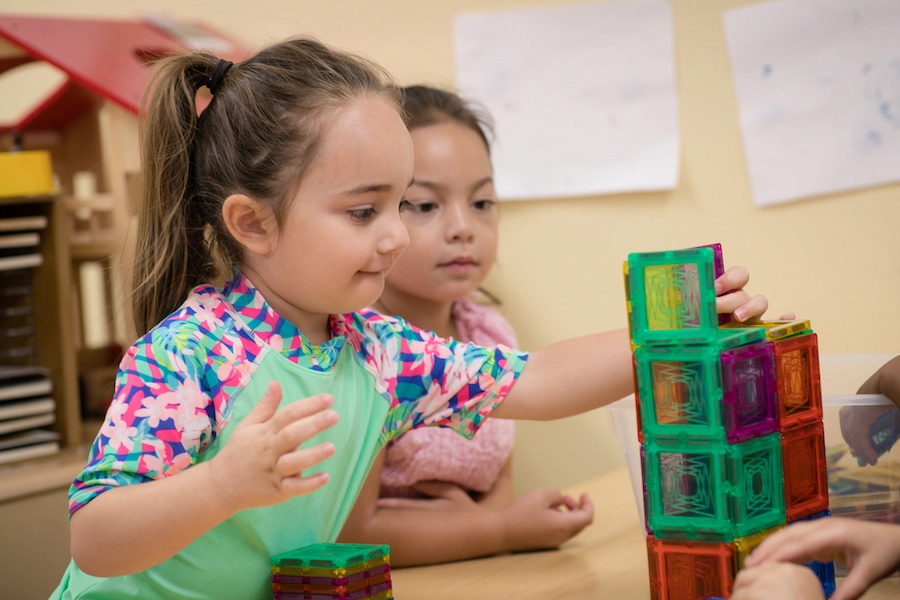Laboratories are at the heart of scientific discovery, where researchers perform groundbreaking experiments that lead to advancements in medicine, technology, chemistry, and other fields. However, labs also present many hazards, from toxic chemicals and sharp objects to electrical equipment and biological agents. The importance of lab safety cannot be overstated. Without proper safety measures, researchers risk injuries, accidents, and exposure to dangerous substances, which could halt scientific progress. Lab safety protocols protect researchers, equipment, and lab furniture, ensuring that scientific exploration continues safely and efficiently. In this article, we’ll explore why lab safety is essential and dive into the seven critical lab safety rules every researcher must follow.
Why Is Lab Safety Important?
1. Protecting Lives and Preventing Injuries
The primary reason lab safety is important is to protect the lives of those working within the laboratory. Scientists often work with hazardous chemicals, flammable substances, and dangerous equipment, which pose significant risks if not handled correctly. Without strict safety protocols in place, accidents such as chemical spills, fires, and explosions can occur, resulting in severe injuries or fatalities.
For example, mishandling corrosive chemicals without proper protection could lead to burns, while failing to wear appropriate eye protection during an experiment could cause serious eye injuries. Lab safety practices ensure that these risks are minimized by providing clear instructions on how to safely handle dangerous materials and equipment.
2. Ensuring the Integrity of Experiments
Lab safety also plays a critical role in maintaining the integrity of scientific experiments. Contamination, improper handling of materials, and environmental hazards can compromise the accuracy of research. For instance, if a lab does not adhere to safety protocols such as wearing gloves or maintaining sterile workstations, the experiment’s results could be tainted, rendering the research invalid.
Following lab safety protocols ensures that experiments are conducted under controlled conditions, reducing the chances of contamination and ensuring that research findings are reliable and reproducible.
3. Preventing Environmental Hazards
Laboratories often deal with substances that, if not disposed of or handled correctly, can have devastating environmental impacts. Chemicals, biological materials, and hazardous waste must be managed carefully to avoid contamination of air, water, and soil. Lab safety protocols include guidelines for proper disposal, handling, and storage of hazardous materials to ensure that the environment is not negatively affected by scientific activities.
In addition, properly maintaining lab furniture—such as workbenches, chemical storage units, and fume hoods—helps contain hazardous materials and prevent spills or leaks that could harm the environment.
4. Protecting Lab Equipment and Lab Furniture
Another vital aspect of lab safety is protecting expensive and sensitive laboratory equipment, including microscopes, centrifuges, and computers, as well as lab furniture like fume hoods and chemical storage units. Mishandling equipment or improperly storing materials can result in damage, leading to costly repairs and disrupting ongoing research projects.
For instance, failing to properly store reactive chemicals can lead to spills that damage surfaces, equipment, or lab furniture. Proper safety measures ensure that all equipment and materials are used correctly, extending the life of both the equipment and the lab space itself.
5. Compliance with Regulations
Laboratories must adhere to strict safety regulations set by governmental bodies and regulatory agencies. Failing to comply with these regulations can result in fines, shutdowns, or the loss of research funding. Regulatory compliance also ensures that laboratories maintain a safe environment for staff and minimize any risks to public health or the environment.
Adhering to lab safety protocols ensures that labs meet national and international safety standards, protecting both researchers and the institutions they work for from legal and financial repercussions.
What Are the 7 Lab Safety Rules?
Now that we’ve established the importance of lab safety, let’s take a closer look at the seven essential lab safety rules that every laboratory worker should follow. These rules help minimize the risk of accidents, protect researchers, and maintain a safe and efficient working environment.
1. Wear Appropriate Personal Protective Equipment (PPE)
One of the most basic and critical lab safety rules is to wear the appropriate personal protective equipment (PPE) at all times. PPE includes items such as:
- Lab coats to protect skin and clothing from chemical spills or contamination
- Safety goggles or face shields to prevent eye injuries from splashes, sparks, or flying debris
- Gloves to protect hands from chemical exposure, cuts, or burns
- Closed-toe shoes to protect feet from spills or dropped objects
Proper PPE is essential for protecting researchers from injuries, as many chemicals and substances used in laboratories are hazardous to human health. In some labs, additional PPE such as respiratory masks or specialized chemical-resistant clothing may be necessary depending on the nature of the experiments.
2. Understand the Hazards of the Materials and Equipment
Before conducting any experiment, researchers must thoroughly understand the hazards associated with the materials and equipment they will be working with. This includes reading safety data sheets (SDS) for all chemicals, understanding how to use lab instruments safely, and being aware of any potential health risks.
For example, some chemicals may be highly flammable or corrosive, while certain laboratory equipment may pose a risk of electrical shock. Understanding the potential dangers allows researchers to take the necessary precautions to avoid accidents.
3. Properly Label and Store Chemicals
Proper labeling and storage of chemicals is another critical component of lab safety. Every chemical container must be clearly labeled with the chemical name, concentration, and any hazard warnings. Failing to label chemicals properly can lead to dangerous mix-ups, which could result in spills, chemical reactions, or exposure to hazardous substances.
In addition to labeling, chemicals must be stored in designated storage areas, such as chemical storage cabinets or fume hoods, that are equipped to handle specific types of substances. For example, flammable chemicals should be stored in fireproof cabinets, while corrosive substances must be kept in containers that prevent leaks or spills.
4. Follow Proper Waste Disposal Procedures
Laboratories generate various types of hazardous waste, including chemical waste, biological waste, and sharps (such as needles or broken glass). Proper disposal of this waste is essential to prevent environmental contamination, health hazards, and accidental injuries.
Lab safety rules dictate that all hazardous waste must be disposed of according to established guidelines. This may include using special containers for chemical waste, autoclaving biological waste before disposal, or using designated sharps containers for sharp objects. Additionally, some types of lab furniture, such as fume hoods, are designed to safely vent hazardous fumes and should be regularly maintained to ensure proper waste disposal.
5. Maintain a Clean and Organized Work Environment
Keeping a clean and organized laboratory is essential for both safety and efficiency. A cluttered workspace increases the risk of accidents such as spills, trips, or collisions with equipment. All lab furniture and workstations should be kept free of unnecessary items, and materials should be returned to their proper storage locations after use.
Additionally, spilled chemicals, broken glass, or contaminated tools should be cleaned up immediately to avoid injuries or cross-contamination. Regularly maintaining and cleaning lab furniture, such as workbenches and storage units, ensures that the lab environment remains safe and conducive to productive research.
6. Know Emergency Procedures
In any laboratory, accidents can happen despite the best safety practices. Knowing how to respond to emergencies, such as chemical spills, fires, or medical emergencies, is crucial for minimizing harm.
Every laboratory should have a clear emergency response plan that includes procedures for evacuations, spill containment, and the use of emergency equipment such as fire extinguishers, eyewash stations, and safety showers. Researchers should be trained on how to use this equipment and where it is located within the lab.
Furthermore, every lab should have easy access to first aid kits, and all researchers should be familiar with basic first aid techniques in case of an injury.
7. Never Eat or Drink in the Laboratory
A common yet important lab safety rule is to avoid eating, drinking, or storing food in the laboratory. Food and drinks can become contaminated by chemicals or biological agents present in the lab, leading to accidental ingestion of harmful substances.
Additionally, bringing food or drinks into the lab introduces a risk of spilling, which could compromise experiments or damage lab equipment. For this reason, eating and drinking should only be done in designated break areas outside the laboratory.
Conclusion: Lab Safety is Essential for Scientific Success
Lab safety is not just a matter of following rules—it is a critical component of conducting safe, effective, and ethical scientific research. Without proper safety measures, the risks of injury, environmental harm, and compromised research results increase significantly. Following the seven essential lab safety rules, such as wearing appropriate PPE, understanding hazards, and properly maintaining lab furniture, ensures that laboratories remain safe and efficient environments for scientific discovery.
By prioritizing safety, researchers can focus on their experiments without worrying about preventable accidents, equipment damage, or legal compliance issues. A safe laboratory fosters productivity, protects valuable research, and, most importantly, ensures the well-being of everyone involved.





